About Us
Researchers + Clinicians
Parents
Stillbirth happens more often among Aboriginal and Torres Strait Islander women compared with non-Indigenous women in Australia. Much of the research contributing to understanding of social and emotional needs after stillbirth reflects the views of mainstream communities and is missing the voices of Aboriginal and Torres Strait Islander women. A greater understanding of Aboriginal and Torres Strait Islander women’s experiences of stillbirth is necessary to guide measures for culturally appropriate after-care. With this project we aimed to document the stories of Aboriginal and Torres Strait Islander women and families affected by stillbirth in Cape York and Cairns. Twenty-eight health professionals with diverse roles, including 8 midwives and 9 Aboriginal Health Workers, were interviewed in the workplace. Five other community members were interviewed in their homes. The participants ranged in age from 20 to 80 years.
Some highlights and reflections from the project include:
The project provided the following recommendations:

Level 3, Aubigny Place
Mater Research Institute
Raymond Terrace,
South Brisbane QLD 4101
The University of Queensland Faculty of Medicine